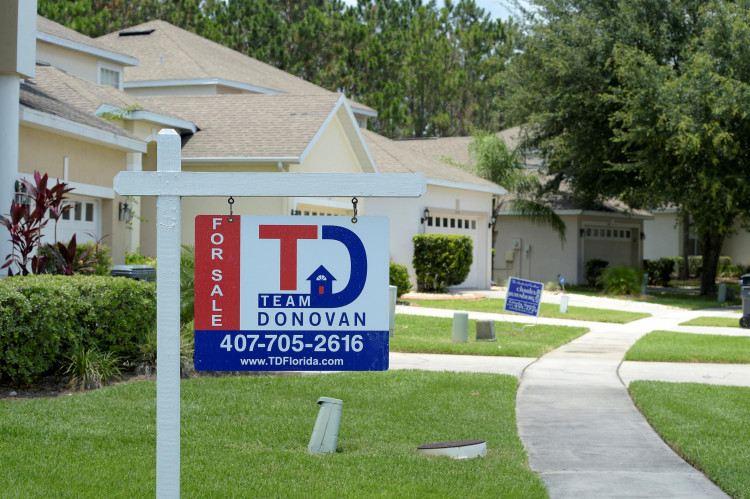U.S. home sales in August continued their downward trend, marking the slowest annual pace in nearly a year, despite some improvement in mortgage rates and increased availability of homes on the market. According to data from the National Association of Realtors (NAR), sales of previously occupied homes dropped by 2.5% from July, adjusting to an annual rate of 3.86 million units. The numbers were short of the 3.9 million pace that economists had anticipated, as per FactSet data, and also represented a 4.2% year-over-year decline.
The dip in home sales comes even as the national median home price rose for the 14th consecutive month, reaching $416,700 in August, up 3.1% from the same period last year. This continued price surge highlights the ongoing challenges potential homebuyers face in the current market, despite what many had hoped would be an environment more conducive to transactions, given easing mortgage rates.
"Home sales were disappointing again in August," said Lawrence Yun, NAR's chief economist. "But the recent development of lower mortgage rates coupled with increasing inventory is a powerful combination that will provide the environment for sales to move higher in future months."
Even though mortgage rates have softened, the affordability crisis persists. Many homeowners are reluctant to sell, locking in their low-interest mortgages, contributing to what industry experts refer to as "rate lock." The shortage of housing inventory has long been a pressure point for the U.S. real estate market, with Fed Chair Jerome Powell noting that the underlying issue remains the lack of housing supply. "We have had and are on track to continue to have not enough housing," Powell remarked, adding that this is not something the Federal Reserve can directly resolve but that normalizing rates may eventually bring the market closer to equilibrium.
While the Federal Reserve has taken steps to lower borrowing costs, cutting interest rates by 50 basis points, it has not yet resulted in a substantial boost in home sales. Mortgage rates have retreated to 1-1/2-year lows, yet the real estate market has not experienced the uptick in transactions that many had hoped for.
In terms of supply, inventory levels are showing slight improvement, with a 0.7% increase to 1.35 million units in August, which represents a 22.7% jump from a year ago. This growth has led to a slight improvement in the time it would take to exhaust the current inventory. At August's sales pace, it would take 4.2 months to clear the existing homes on the market, up from 3.3 months a year earlier. The four-to-seven-month supply window is widely seen as a healthy balance between supply and demand in the housing market.
However, the median time homes spent on the market lengthened, with properties typically staying available for 26 days, compared to 20 days last year. First-time homebuyers, traditionally a driving force for the market, remain underrepresented. They accounted for only 26% of sales in August, which matches the all-time low seen in November 2021. Industry experts and economists generally agree that first-time buyers should make up about 40% of transactions to ensure a healthy and robust housing market.
All-cash sales accounted for 26% of total transactions, down slightly from 27% last year. Meanwhile, distressed sales, including foreclosures, remained at 1% of transactions, unchanged from a year ago.






